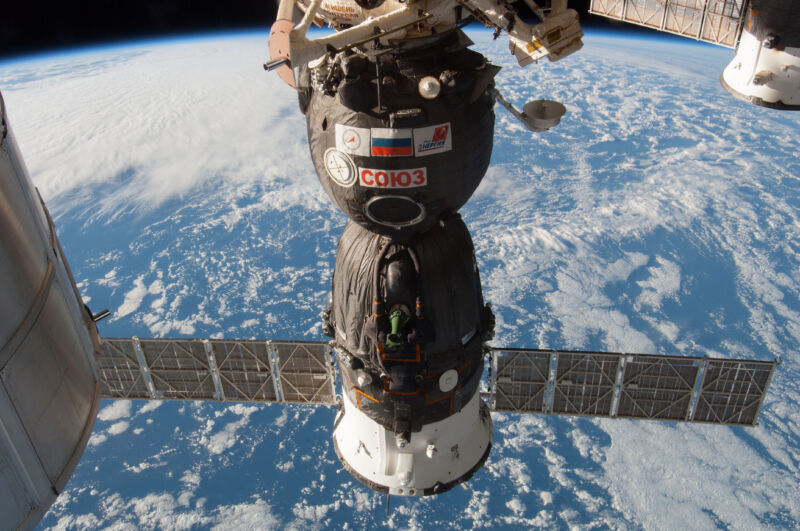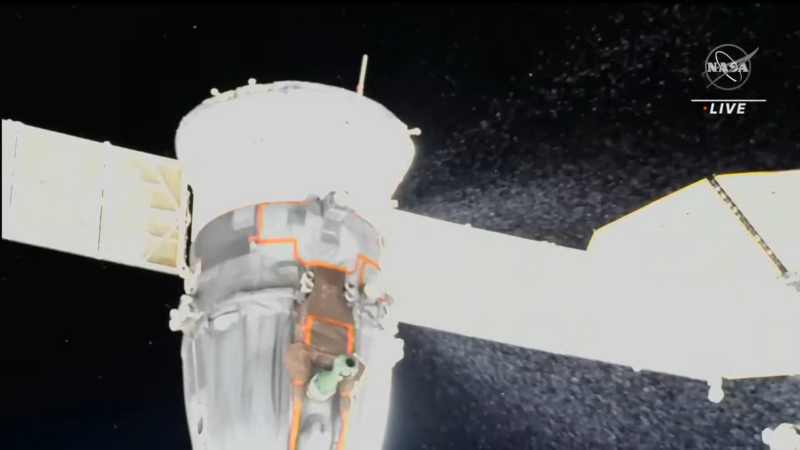-
 chevron_right
chevron_right
Backup Soyuz can’t get to ISS before late February
news.movim.eu / ArsTechnica · Thursday, 22 December, 2022 - 19:38

Enlarge / A Soyuz spacecraft docked at the ISS. (credit: NASA )
Today, NASA held a press briefing to describe the situation on the International Space Station (ISS) in the wake of a major coolant leak from a Soyuz spacecraft that is docked at the station. At the moment, neither NASA nor Roscosmos has a clear picture of its options for using the damaged spacecraft. If it is unusable in its current state, then it will take until February to get a replacement to the ISS.
Soyuz spacecraft are one of two vehicles used to get humans to and from the ISS, and serve as a "lifeboat" in case personnel are required to evacuate the station rapidly. So, while the leak doesn't place the ISS or its crew in danger, it cuts the margin for error and can potentially interfere with future crew rotations.
As Roscosmos indicated earlier this week , the impressive-looking plume of material originated from a millimeter-sized hole in a coolant radiator. Although the coolant system has redundant pumps that could handle failures, the leak resulted in the loss of all the coolant, so there's nothing to pump at this point.

